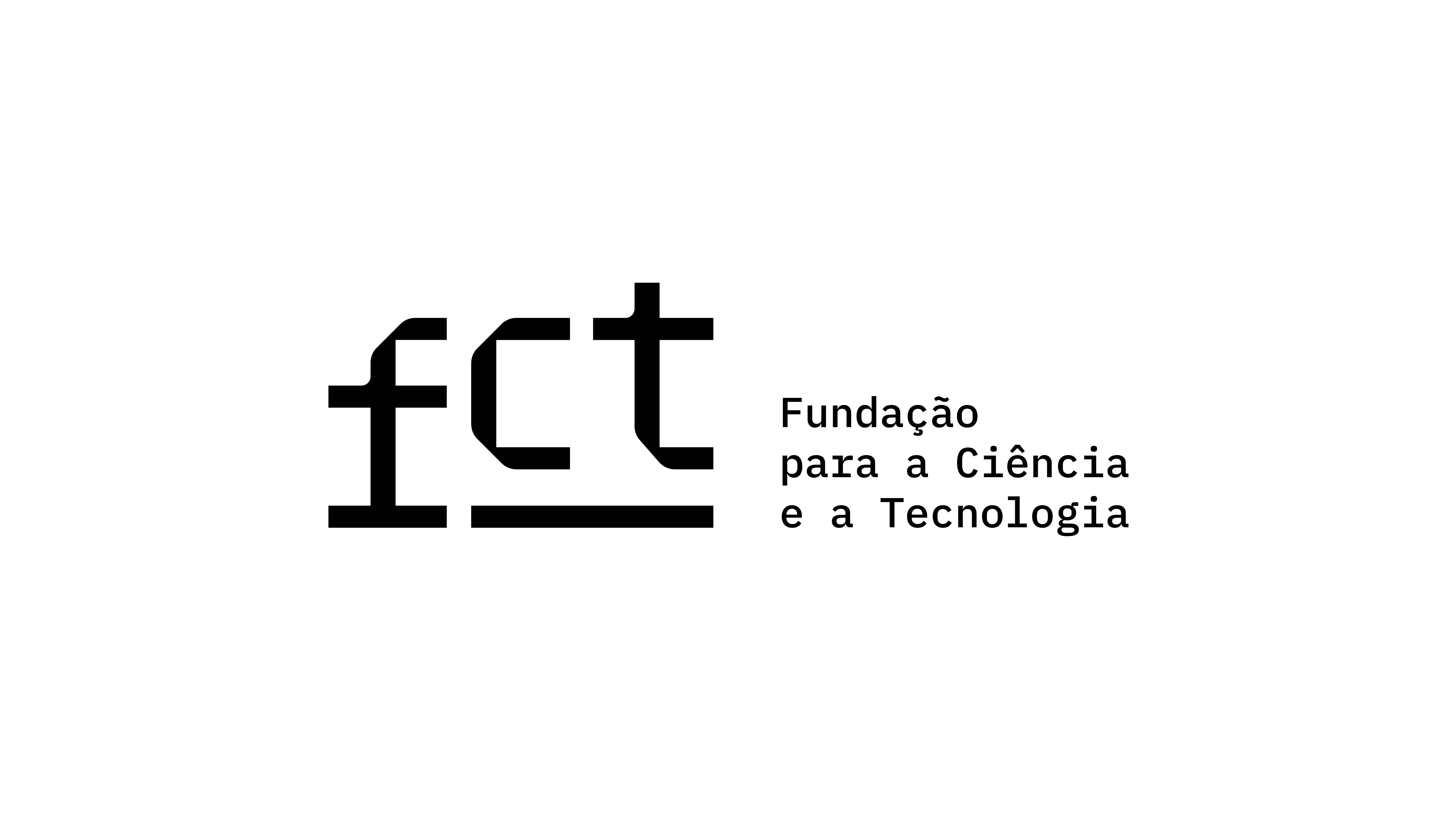Estructuración Espacial de Figuras 3D
Construcciones Apoyadas por el Razonamiento Espacial
DOI:
https://doi.org/10.25749/sis.25696Palabras clave:
estructuración espacial 3D, razonamiento espacial, coordinación, integración, primeros añosResumen
Este artículo tiene como objetivo profundizar en la comprensión de las estrategias de estructuración espacial utilizadas por los estudiantes de 1er grado para reproducir figuras en 3D, desde el punto de vista de la estructuración espacial y de los procesos de razonamiento espacial involucrados. Los datos se recopilaron durante una experiencia de enseñanza, donde los estudiantes tuvieron que reproducir dos figuras en 3D, utilizando cubos, primero a partir de un modelo 3D y luego a partir de una representación 2D de un modelo 3D. Las estrategias empleadas por los estudiantes señalan diferentes niveles de estructuración local o estructuración global y, en ocasiones, la progresión a niveles de estructuración superiores, a partir del establecimiento de relaciones más complejas entre componentes y compuestos, que, a su vez, surgen durante el manejo de materiales. Estas relaciones también parecen estar respaldadas por procesos de razonamiento espacial.
Descargas
Citas
Battista, M. (2007). The development of geometric and spatial thinking. In F. Lester (Ed.), Second handbook of research on mathematics teaching and learning (pp. 843-909). Charlotte: Information Age.
Battista, M. T. (2008). Development of the shape makers’ geometry microworld. In G. W. Blume & M. K. Heid (Eds.), Research on technology and the teaching and learning of mathematics: Cases and perspectives (Volume 2, pp. 131-156). Charlotte: Information Age.
Battista, M. T., & Clements, D. H. (1996). Students’ understanding of three-dimensional rectangular arrays of cubes. Journal for Research in Mathematics Education, 27(3), 258-292. doi: 10.2307/749365
Battista, M., & Clements, D. H. (1998). Finding the number of cubes in rectangular cube buildings. Teaching Children Mathematics, 5(1), 258-264.
Battista, M. C., Clements, D. H., Arnoff, J., Battista, K., & Borrow, C. (1998). Students’ spatial structuring of 2D arrays of squares. Journal for Research in Mathematics Education, 29, 503-532.
Bruce, C. D., & Hawes, Z. (2015). The role of 2D and 3D mental rotation in mathematics for young children: what is it? Why does it matter? And what can we do about it? ZDM Mathematics Education, 47(3), 331-343. doi: 10.1007/s11858-014-0637-4
Casey, B. M., Andrews, N., Schincler, H., Kersh, J. E., Samper, A., & Copley, J. (2008). The development of spatial skills through interventions involving block building activities. Cognition and Instruction, 26(3), 269-309. doi: 10.1080/07370000802177177
Conceição, J., & Rodrigues, M. (2020). Processos de raciocínio espacial na representação de figuras 3D por alunos do 1.º ano do ensino básico. Quadrante, 29(1), 115-139. doi: 10.48489/quadrante.23007
Cullen, A. L., Eames, C. L., Cullen, C. J., Barrett, J. E., Sarama, J., Clements, D. H., & Van Dine, D. W. (2018). Effects of three interventions on children's spatial structuring and coordination of area units. Journal for Research in Mathematics Education, 49(5), 533-574. doi: 10.5951/jresematheduc.49.5.0533
Davis, B., Okamoto, Y., & Whiteley, W. (2015). Spatializing school mathematics. In B. Davis & Spatial Reasoning Study Groups. (Eds.), Spatial reasoning in the early years: Principles, assertions, and speculations (pp. 139-150). New York: Routledge.
Gravemeijer, K., & Cobb, P. (2006). Design research from the learning design perspective. In T. Plomp & N. Nieveen (Eds.), Educational design research (pp. 72-113). Enschede, the Netherlands: Netherlands Institute for Curriculum Development (SLO).
Jones, K. (2001). Spatial thinking and visualisation. In Royal Society. (Ed.), Teaching and learning geometry 11-19 (pp. 55-56). London: Royal Society.
Mulligan, J., & Mitchelmore, M. (2009). Awareness of pattern and structure in early mathematical development. Mathematics Education Research Journal, 21(2), 33-49. doi: 10.1007/BF03217544
Mulligan, J., Oslington, G., & English, L. (2020). Supporting early mathematical development through a ‘pattern and structure’ intervention program. ZDM Mathematics Education, 52(3), 663-676. doi: 10.1007/s11858-020-01147-9
Outhred, L., & Mitchelmore, M. (2000). Young Children's Intuitive Understanding of Rectangular Area Measurement. Journal for Research in Mathematics Education, 31(2), 144-167. doi: 10.2307/749749
Sarama, J., & Clements, D. H. (2009). Early childhood mathematics education research: Learning trajectories for young children. New York: Routledge.
van Hiele, P. M. (1986). Structure and insight: A theory of mathematics education. London: Academic Press.
van Nes, F., & Lange, J. (2007). Mathematics Education and neurosciences: Relating spatial structures to the development of spatial sense and number sense. The Montana Mathematics Enthusiast, 4(2), 210-229.
van Nes, F., & van Eerde, D. (2010). Spatial structuring and the development of number sense. A case study of young children working with blocks. Journal of Mathematical Behaviour, 29, 145-159. doi: 10.1016/j.jmathb.2010.08.001
Venkat, H., Askew, M., Watson, A., & Mason, J. (2019). Architecture of mathematical structure. For the Learning of Mathematics, 39(1), 13-17.
Descargas
Publicado
Número
Sección
Licencia
Derechos de autor 2022 Sisyphus – Revista de Educación

Esta obra está bajo una licencia internacional Creative Commons Atribución-NoComercial 4.0.
Copyright (c) es propiedad de Sisyphus – Journal of Education. Sin embargo, alentamos que los artículos publicados en la revista se publiquen en otro lugar, siempre que se solicite el permiso de Sisyphus y los autores incorporen nuestra cita original y un enlace a nuestra página web.
Política de Autoarchivo
Los autores pueden autoarchivar la versión final publicada de sus artículos en repositorios institucionales, temáticos o páginas web personales e institucionales.
Suscriptor de DORA
El Instituto de Educação de la Universidade de Lisboa, editor de Sisyphus, es uno de los suscriptores de la Declaración de San Francisco sobre la Evaluación de la Investigación (DORA).





